Yamaha reveals a 496-horsepower prototype electric motor. It’s willing and able to develop it for a car company, and do development work on the car itself.
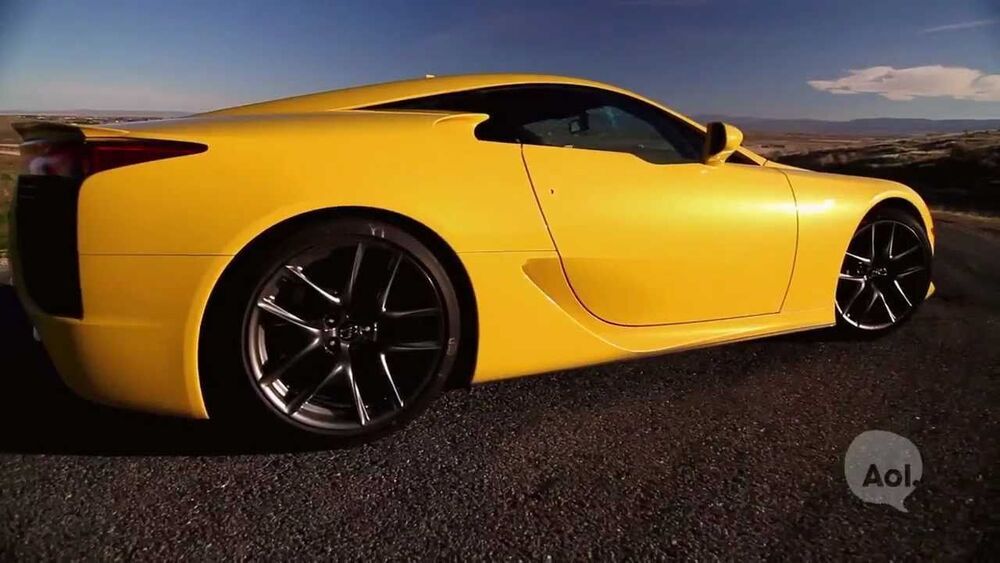

Yamaha reveals a 496-horsepower prototype electric motor. It’s willing and able to develop it for a car company, and do development work on the car itself.
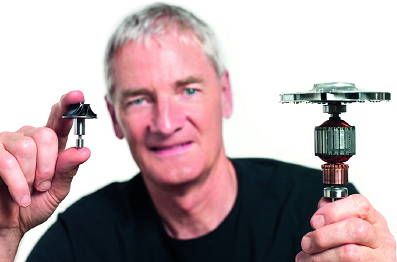
Could be used for next generation electric cars.
The British appliance manufacturer Dyson claims to have developed the world’s fastest, most efficient motor for domestic appliances. The Dyson Digital Motor (DDM) v2 is a single-phase brushless DC motor, which operates at speeds up to 104000 rpm with a claimed efficiency of 84%.
Dyson’s first digital motor, announced in 2003, used switched reluctance technology.
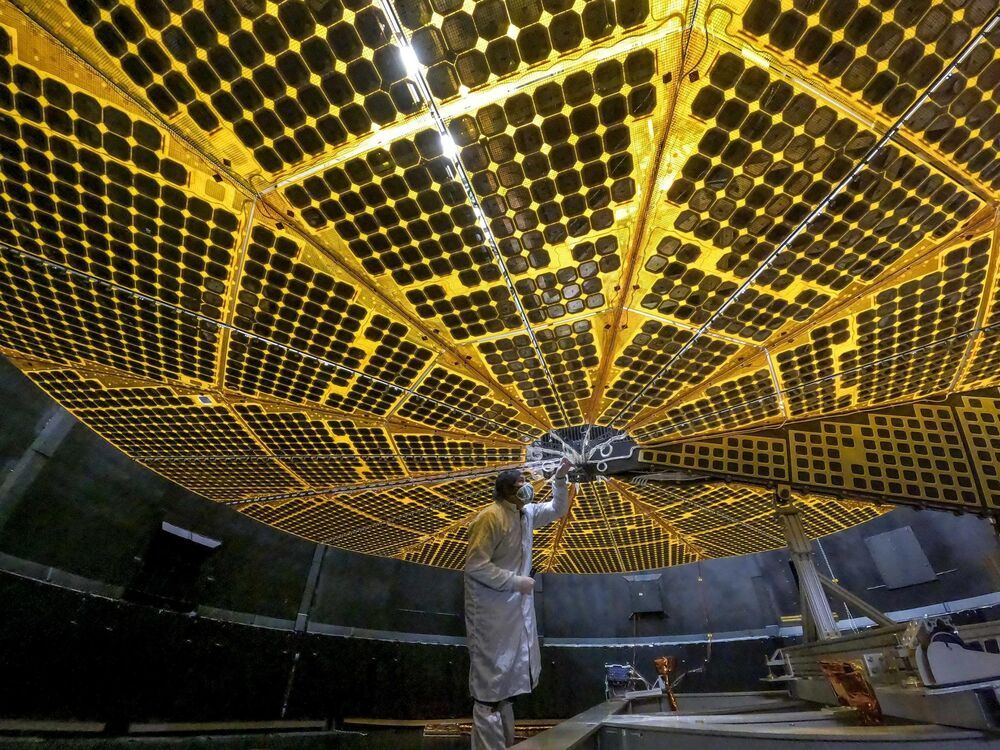
NASA ’s Lucy spacecraft has successfully completed thermal vacuum testing of both solar panels, the final step in checking out these critical spacecraft components in preparation for launch this fall. Once the Lucy spacecraft’s solar panels are attached and fully extended, they could cover a five-story building.
Lucy, the 13th mission in NASA’s Discovery Program, requires these large solar panels as it will operate farther from the Sun than any previous solar-powered space mission. During its 12-year tour of the Trojan asteroids, the Lucy spacecraft will operate a record-breaking 530 million miles (853 million km) from the Sun, beyond the orbit of Jupiter.

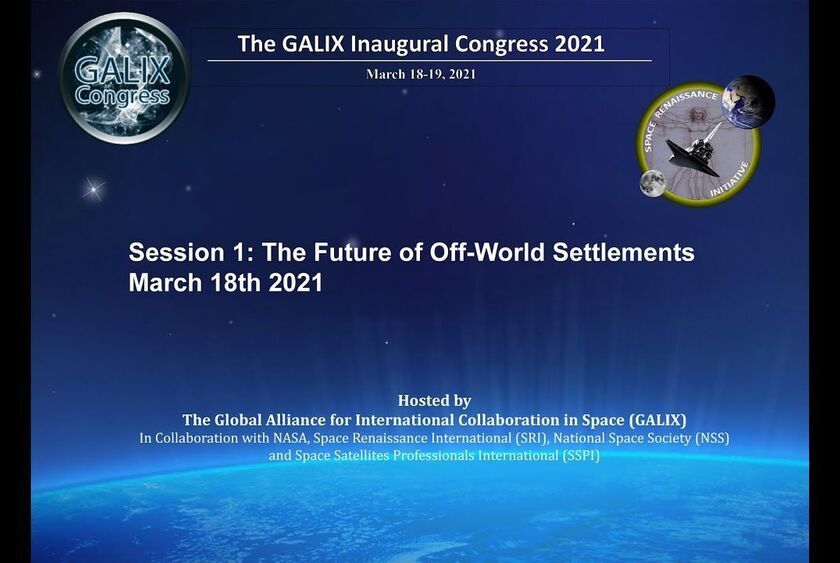
# Just 5 days left to upload an abstract to the SRIC3 Call for Papers! ## We need you to lead the Space Renaissance!
Choose among the following symposia tracks, all of them concurring to a coherent strategy for Space Settlement, kicking off the Civilian Space Development before 2025: * The immense social benefits of expanding Civilization into Outer Space * Civilization risk mitigation: space as the main Knight, defending humanity against the ‘Apocalypse’ multi-crisis * Global collaboration, working with Agencies, Companies, Space Advocacy Associations, United Nations and Governments of Planet Earth to promote Civilian Space Development and the 18th UN SDG * Space Safety: protecting human life and health in space, space debris recovering and reuse, space weather, defense from asteroids * Policies to Enable Communities Beyond Earth: technologies, financing, & Common Law * Earth orbit industrial development * The Moon and Cislunar development * Space Based Solar Power, feeding the Civilian Space Development * Greening the Solar System * Mars, the Asteroids Belt and beyond * A conceptual timetable for the founding steps of Space Settlement * Living, Sport, Art and Culture in Space, a Scifi futurologist–presentist narration * Congress Thesis 1 — Status of civilization and perspective of expansion into outer space * Congress Thesis 2 — A strategy to develop the Space Renaissance, towards 2025.

Web Space Renaissance

Norway’s sovereign wealth fund has agreed to pay around 1.375 billion euros ($1.63 billion) for a 50% stake in one of the world’s biggest offshore wind farms, Orsted’s 752 megawatt (MW) Borssele 1 & 2 facility.
Managed by Norges Bank Investment Management, the fund — whose wealth stems from Norway’s vast North Sea oil and gas reserves — is the world’s largest and worth more than $1.3 trillion. In an announcement Wednesday, NBIM described the deal as its “first investment in renewable energy infrastructure.”
The transaction is set to complete in the second or third quarter of 2021. Under the terms of the deal, Orsted will retain its position as co-owner of the wind farm and handle operations and maintenance.
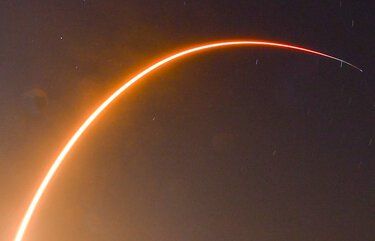
As they researched why the avalanche occurred with such force, researchers studying climate change pored over images taken in the days and weeks before and saw that ominous cracks had begun to form in the ice and snow. Then, scanning photos of a nearby glacier, they noticed similar crevasses forming, touching off a scramble to warn local authorities that it was also about to come crashing down.
The images of the glaciers came from a constellation of satellites no bigger than a shoebox, in orbit 280 miles up. Operated by San Francisco-based company Planet, the satellites, called Doves, weigh just over 10 pounds each and fly in “flocks” that today include 175 satellites. If one fails, the company replaces it, and as better batteries, solar arrays and cameras become available, the company updates its satellites the way Apple unveils a new iPhone.
The revolution in technology that transformed personal computing, put smart speakers in homes and gave rise to the age of artificial intelligence and machine learning is also transforming space. While rockets and human exploration get most of the attention, a quiet and often overlooked transformation has taken place in the way satellites are manufactured and operated. The result is an explosion of data and imagery from orbit.
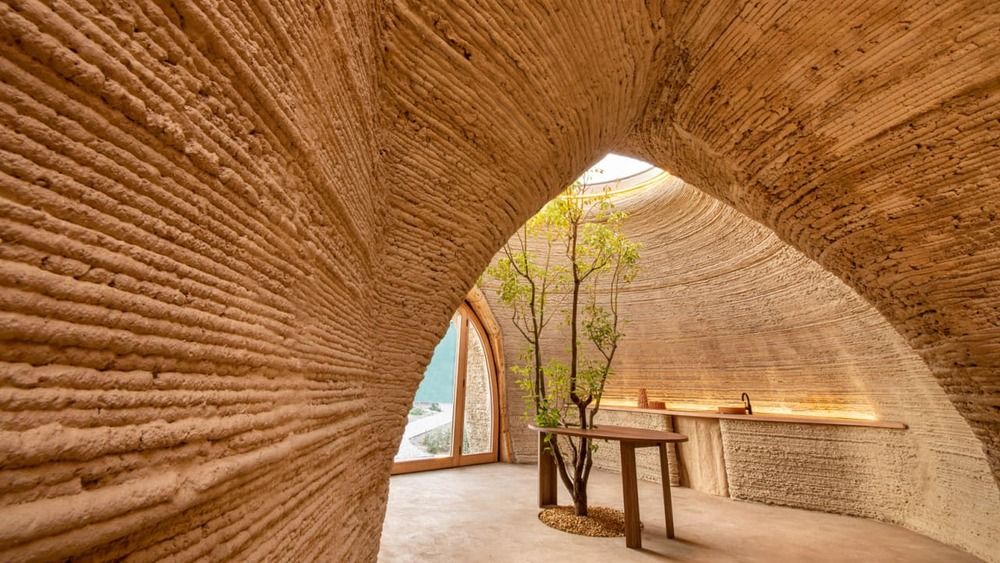
These 645-square-foot domed buildings were printed in Italy over the course of 200 hours.

If the bill passes, it would “unfairly shift the cost of ancillary electric services exclusively onto renewable generators rather than all the beneficiaries,” according to a letter written by the Partnership for Renewable Energy Finance (PREF), an industry group, and signed by Amazon, Berkshire Hathaway Energy, Goldman Sachs, and a number of other firms.
Bill would “directly assign” grid stability costs to renewable power providers.

In a recent paper, Bell argues that the principles of Mario Kart—especially the parts of it that make it so addictive and fun for players—can serve as a helpful guide to create more equitable social and economic programs that would better serve farmers in low-resource, rural regions of the developing world. That’s because, even when you’re doing horribly in Mario Kart—flying off the side of Rainbow Road, for example—the game is designed to keep you in the race.
“Farming is an awful thing to have to do if you don’t want to be a farmer,” Bell says. “You have to be an entrepreneur, you have to be an agronomist, put in a bunch of labor…and in so many parts of the world people are farmers because their parents are farmers and those are the assets and options they had.” This is a common story that Bell has come across many times during research trips to Pakistan, Bangladesh, Cambodia, Malawi, and other countries in southern Africa, and is what largely inspired him to focus his research on policies that could aid in development.
In his new paper, Bell argues that policies that directly provide assistance to farmers in the world’s poorest developing regions could help reduce poverty overall, while increasing sustainable and environmentally friendly practices. Bell says the idea is a lot like the way that Mario Kart gives players falling behind in the race the best power-ups, designed to bump them towards the front of the pack and keep them in the race. Meanwhile, faster players in the front don’t get these same boosts, and instead typically get weaker powers, such as banana peels to trip up a racer behind them or an ink splat to disrupt the other players’ screens. This boosting principle is called “rubber banding,” and it’s what keeps the game fun and interesting, Bell says, since there is always a chance for you to get ahead.